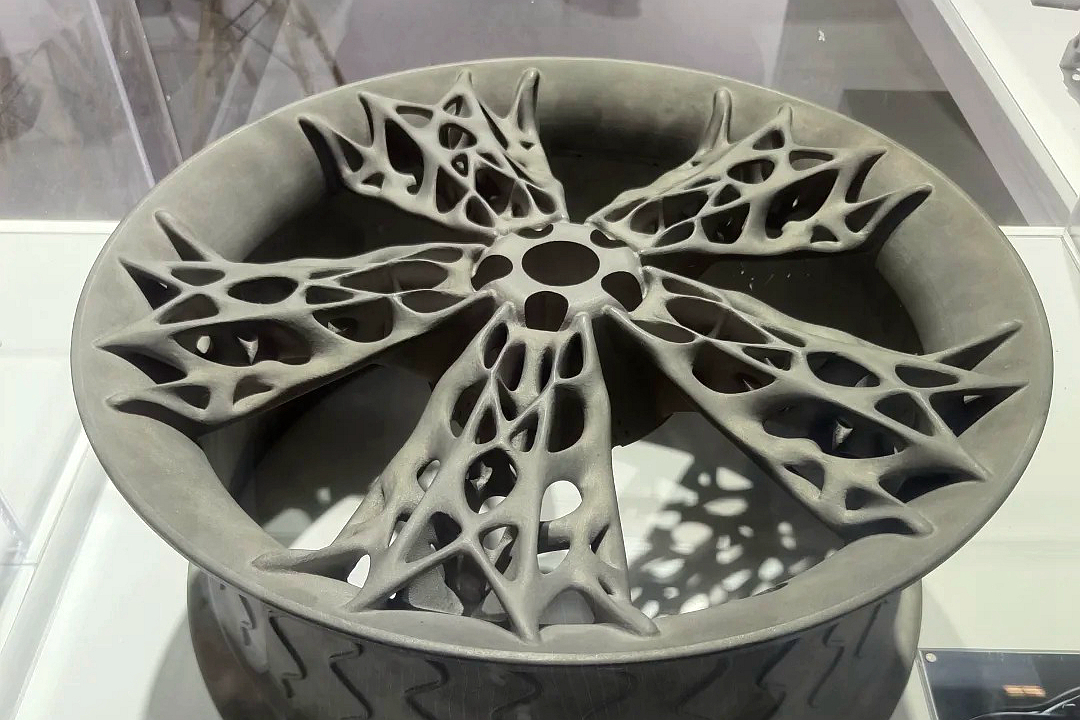Titanium Ti-6Al-4V (TC4) WAAM (Wire and Arc Additive Manufacturing) 3D Printing
Introduction to WAAM Additive Manufacturing for TC4 Titanium Alloy
Ti-6Al-4V (TC4) is the most widely used α+β titanium alloy, offering an excellent strength-to-weight ratio, corrosion resistance, and weldability. WAAM (Wire and Arc Additive Manufacturing) provides an efficient solution for producing large-scale TC4 components with low material waste and high deposition rates.
At Neway Aerotech, we provide WAAM titanium additive manufacturing services for aerospace, marine, energy, and tooling industries, enabling the production and repair of high-performance TC4 structural components.
WAAM Process Capabilities for TC4 Titanium
Key Technical Parameters
Parameter | Value | Description |
|---|---|---|
Deposition Rate | 1–4 kg/h | Enables rapid buildup of large structures |
Wire Diameter | 1.2–1.6 mm | Standard Ti-6Al-4V welding wire feedstock |
Shielding Gas | Argon (≥99.99%) | Prevents oxidation during deposition |
Interpass Temperature | 150–300°C | Controls residual stress and thermal gradient |
Final Density | ≥99.5% | Comparable to wrought Ti-6Al-4V materials |
WAAM builds can achieve near-wrought mechanical properties with appropriate process control and post-heat treatment.
Ti-6Al-4V (TC4) Mechanical Properties via WAAM
Property | Value Range (As-Built) | Heat Treated (Annealed) | Description |
|---|---|---|---|
Ultimate Tensile Strength | 900–950 MPa | 950–1000 MPa | High structural strength |
Yield Strength | 850–900 MPa | 880–950 MPa | Suitable for flight and marine loads |
Elongation | 8–12% | 10–14% | Maintains ductility in large-wall structures |
Density | 4.43 g/cm³ | — | Lightweight with excellent strength ratio |
Hardness (HV) | 320–340 HV | 330–360 HV | Wear resistance for external applications |
Advantages of WAAM for TC4 Titanium Components
High Material Utilization: Over 90% wire-to-part efficiency, reducing waste compared to subtractive methods.
Large-Scale Capability: Enables manufacturing of meter-scale titanium parts like beams, ribs, and fuselage frames.
Repair and Hybrid Integration: Supports component restoration or integration with CNC machining for critical tolerances.
Lower Production Cost: 40–60% cost savings over conventional billet machining for large structural parts.
Case Study: WAAM of TC4 Titanium Aerospace Beam Structure
Project Background
An aerospace client required a 1.2-meter TC4 wing spar segment with weight constraints and mechanical strength equivalent to forged parts. Traditional CNC from billet material would lead to >80% waste and long cycle times.
Manufacturing Workflow
Wire Material: Ti-6Al-4V (TC4), Ø1.6 mm, AWS A5.16 Grade ELI.
WAAM Setup: Tandem torch GTAW WAAM, deposition rate 2.8 kg/h, 400 A current, 12 mm bead width.
Build Strategy: Zig-zag interlayer pass, with re-clamping between layers to control heat input.
Post-processing: Annealed at 720°C for 2 hours; stress-relieved at 540°C to remove distortion.
Finishing: CNC machining of precision interfaces and hole placements to ±0.02 mm.
Inspection and Surface Finishing
CMM inspection confirmed profile deviation <0.03 mm over 1.2 m length.
Surface finish Ra ≤ 5 μm achieved by rotary brush and bead blasting.
X-ray inspection and ultrasonic testing showed full fusion and no porosity or lack of bonding.
Final part passed fatigue testing at 950 MPa for 10⁶ cycles with no crack initiation.
Results and Verification
The WAAM-produced TC4 spar achieved a 45% material cost reduction and 30% lead time savings versus billet CNC. Mechanical testing confirmed ultimate strength at 970 MPa and elongation of 11.2%, qualifying it for aerospace flight hardware.
FAQs
How does WAAM compare to SLM in terms of titanium part size and deposition rate?
Can TC4 WAAM parts meet aerospace qualification requirements?
What is the recommended heat treatment after WAAM deposition for Ti-6Al-4V?
How is distortion managed during WAAM of long titanium components?
Can WAAM be used for titanium part repair or hybrid build strategies?

